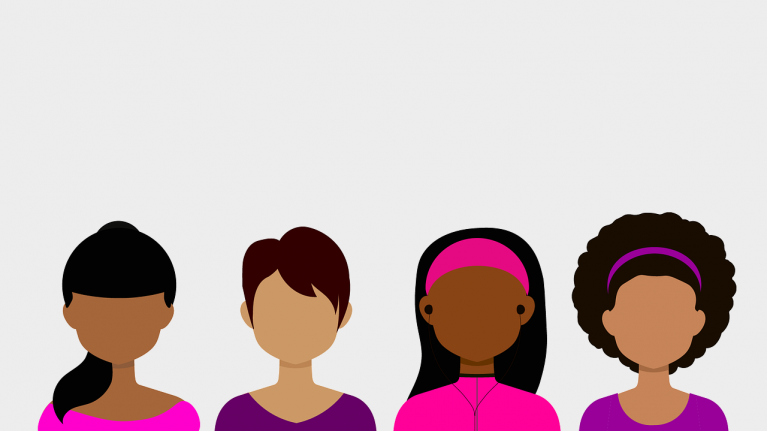Personas: designing with people in mind

When it comes to web design there’s nothing more rewarding than working with a passionate client that really understands their audience and how the website will make a positive difference to their lives. Sereno is a great believer in co-design activity and the way it can make both client and supplier deeply engaged in the nuts and bolts of how the site will work and what might stop it working for some. We’ve found that a great place to embark on co-design work is in the creation of personas.
Personas are fictional characters who have the sort of attributes and goals that a typical user of a site must have. Just as lead characters in a novel or a film work best when they are well-rounded rather than just stereotypes it's important for designers to put flesh on the bones of the personas so that they are believable - the sort of people we might know and recognise. Remember the Oxo family from TV adverts in the 80s? Linda Bellingham, the actress who played the mother, was not a stereotype; she was a real living person, perhaps a friend or the mother of a friend. Research and experience has shown that design works best if designers have in mind real individuals rather than a homogenous mass.
Sereno is currently working with a charity whose mission is related to help women in trouble. The site had two primary audiences: women seeking help and those (usually women) seeking to support. We understood what this meant in terms of “user goals” and the like. The two sets of women would be coming to the site with very different sets of expectations. One set of women might potentially be in distress, and the other curious about the work of the charity and how they might support it.
We ran a half day workshop with the client to create a set of personas who had depth and individuality and a reason for seeking out and returning to the site. We developed their socio-economic, ethnic and domestic backgrounds, where they lived, their jobs and interests, their issues and challenges. The personas were diverse: a high flying lawyer, a student, a young mother a middle-aged mother and a social worker. It took a lot of discussion and debate. The workshop was a hugely enjoyable and creative experience during which we thought deeply and, despite the seriousness of the charity’s mission, laughed a lot. And the outcome? We created a rich and diverse set of personas who were well-rounded and believable.
After the workshop we created a set of person profiles: a name, a photo, a description, their backgrounds, attributes, problems with potential solutions to their problems that the website could address. And how are we using them in the design process? Meeting the(n) needs of these women is guiding the design of the site. If ‘Selene’ needs to contact someone urgently, what can she do quickly and easily? If ‘Derya’ needs some information, where can she access it easily? The important thing is that we are holding the personas in mind as we design. For example, we can say: “This works for ‘Chloe’ but is it going to work for ‘Joanne’?”
The chances are that if you’ve used a website and been impressed with the way it has helped you achieve what you set out to do, it was designed with someone like you in mind. That is the power of personas.
